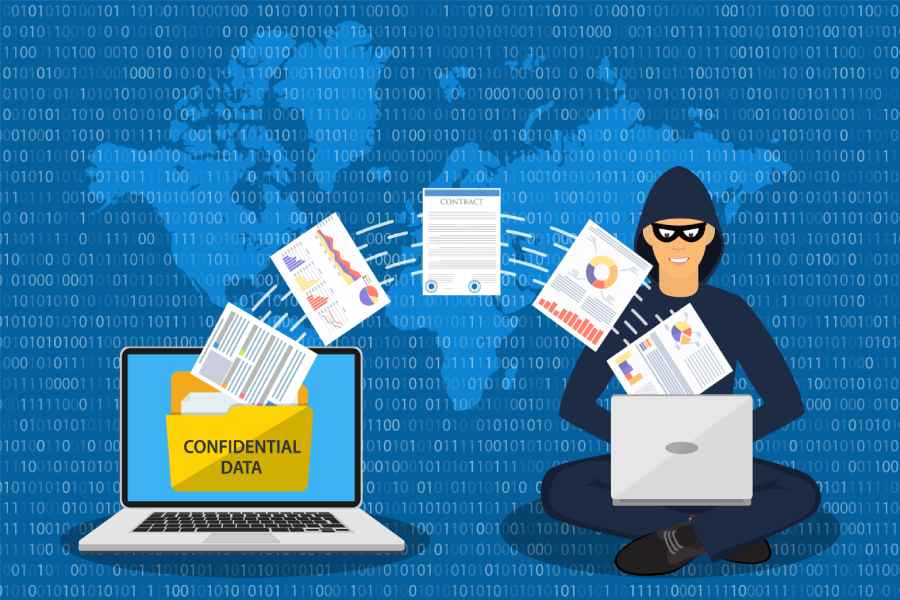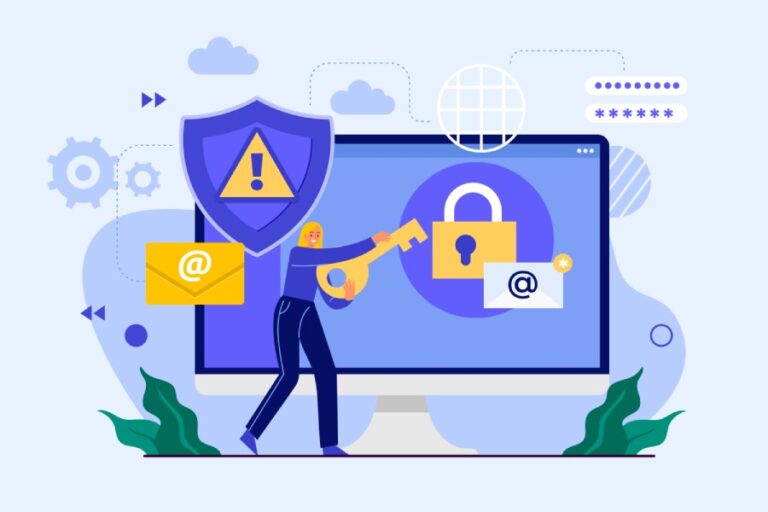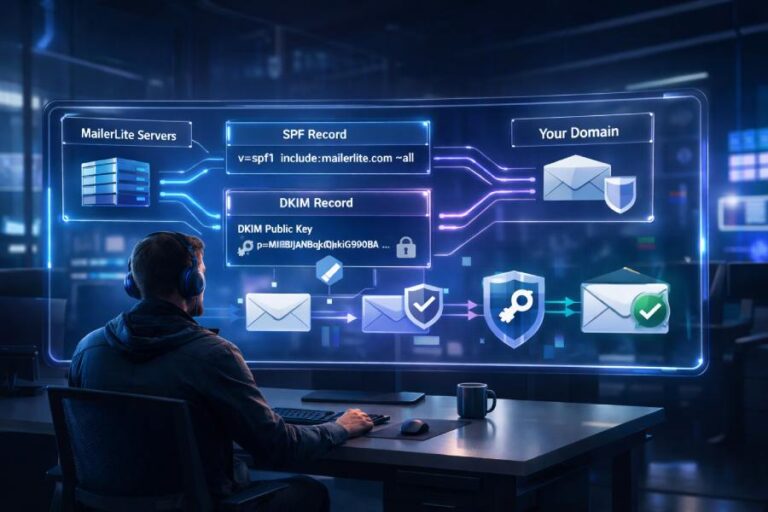Most organizations have strict norms and regulations on what resources their employees can access— like which systems are open to all, who gets special permissions like admin rights, or which tools are absolutely out of bounds. While most employees abide by these rules, there are some who find a way to work around them.
This is where the real problem starts! These access controls are there for a reason, and when someone bypasses them, they not only violate internal policies but also put the entire organization’s security at stake. The ones who access unauthorized networks or systems that they shouldn’t are called shadow admins.
These admins are certainly a threat to your organization, but what’s worse is that they are hard to detect. You might not spot these people on official admin lists, but they operate behind the scenes.
In this article, we will learn more about these accounts and understand how you can easily spot them to protect your system before they get into the wrong hands and become a real threat:
What are shadow admins?
Shadow admins are users who have admin-level powers in a system but without being officially labeled as administrators. That means they’re not listed in the main admin group, but they still have the ability to make big changes—like managing other users, changing security settings, or accessing sensitive data.
There’s one thing you should know about these accounts— they aren’t always created with sinister intentions in mind, but their consequences most definitely are serious. Sometimes, some users end up gaining admin-level rights by mistake, simply because the system wasn’t configured correctly. Perhaps someone got added to an incorrect group, or access regulations weren’t set clearly or organized.
Other times, people seek means to give themselves more authority, simply to avoid waiting for approvals or to complete their work quickly. Either way, whether it is purposeful or not, the risk remains the same, and even a minor error can turn into a big problem.
Let’s say a hacker gets access to a shadow admin account; they can navigate through the system unnoticed, steal confidential data, or even bring down core operations.
This is why it is important that you go beyond cursory knowledge and find out who actually has control over their systems.
What are the dangers of shadow admin?
Someone accessing privileged systems without due consent or authorization is itself a serious security threat. It means they’re stepping into territory they’re not supposed to, often without anyone knowing. This kind of hidden access can lead to big problems—like changing system settings, viewing sensitive data, or even opening up ways for hackers to get in.
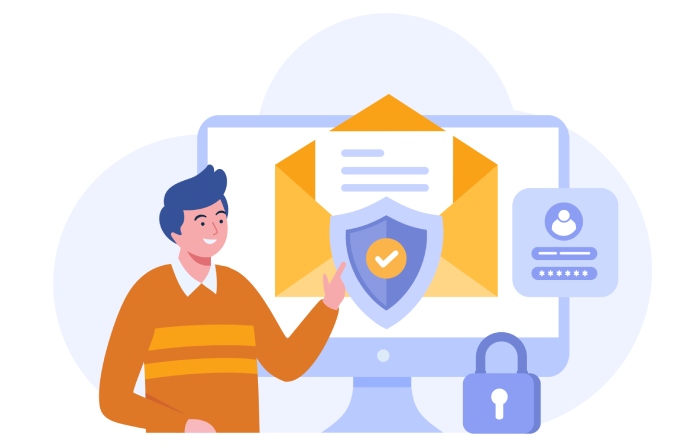
Let us look at some of the common problems that you might come across if your organization has shadow admins operating behind your back. Shadow admins pose a security risk, but strong email security with DMARC, DKIM, and SPF helps prevent email impersonation and phishing attacks.
Security loopholes
Shadow accounts usually find a way to give themselves or others more access than what is needed, like giving full control over systems or viewing sensitive data without anyone else knowing. This means they can easily take undue advantage of this and even cause serious damage. All of this is dangerous because it opens the door for hackers to sneak in and take control.
Risk of data breach
For any organization, their data is the ultimate treasure trove, which, when it falls into the wrong hands, can wreak havoc on your systems. Shadow admins target systems that haven’t been secured properly— they might not have encryption or proper access controls. This makes it easier for them to leak sensitive data or share it with the bad guys. They might also save important files in places they aren’t supposed to, like unsecured personal cloud storage accounts.
If something happens—such as the system crashes or is hacked—that information can be lost forever. This can create all sorts of problems for your business, such as financial loss, legal problems, and loss of trust.
Regulatory non-compliance issues
Organizations usually have to comply with really strict guidelines on how they handle and keep information safe with regulations such as GDPR or HIPAA. But shadow admins hardly care about these regulations; they don’t comply with them because their systems are not audited or sanctioned by compliance teams.
Delayed incident response
Let’s say you’re hit by a cyberattack (it is not as unlikely as you think), and the IT team jumps in to fix it, but it becomes a problem if they don’t even know that some hidden systems or accounts exist. In such cases, all their efforts to recover from the cyberattack might seem like shooting an arrow in the dark and, in the worst case, even backfire. But if those hidden systems were shared with IT and properly managed, they could fix the problem much faster and more efficiently.
How do you bring shadow accounts out of the shadow?
Considering the risks associated with shadow accounts, it is absolutely necessary to curtail these accounts before they become a problem.
Enforce strong access controls
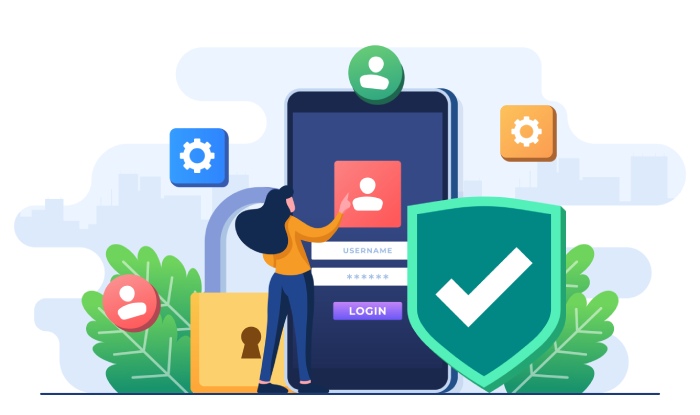
Unless you have a strong security strategy, you cannot prevent shadow accounts from misusing your organization’s digital assets. After all, you need to make sure only the right people can act as admins. For this, you can rely on Privileged Access Management (PAM), which controls who gets those authoritative permissions and make sure you always ask for multi-factor authentication (MFA) so no one can sneak in easily.
Have strict IT policies
Sometimes, your employees might not even realize that they are using shadow IT and opening the doors to cyberattacks. So it’s important to clearly tell everyone which systems and tools are approved and explain why. Help them understand the risks of using apps or services without IT’s knowledge.
Improve visibility
To fix a problem, you need to first identify it. So, to spot these accounts, you can use tools like SaaS security and posture management (SSPM) that help you find unapproved apps and users. You can also use authentication protocols like DMARC to check if emails are really coming from trusted sources or if there’s anyone misusing your domain. This helps stop fake or risky emails sent from shadow systems pretending to be part of your organization.
